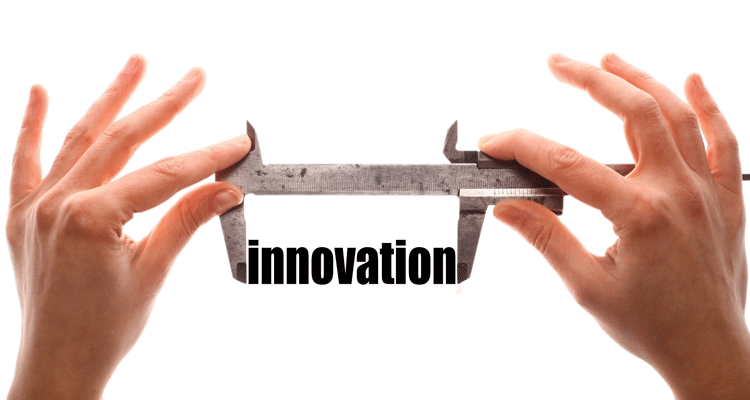
On the global manufacturing stage, companies are innovating and bringing more products to market faster with the aid of two types of software: Product Portfolio Management (PPM) and Product Lifecycle Management (PLM). Both solutions are designed to provide intelligence and insights to ensure the timely and on-budget delivery of high-quality and competitive products.
Often, the two are conflated or mistakenly believed to be integrated. However, aside from sharing the same end goals, the two are worlds apart.
Engineers use PLM to control how products are built. Business professionals use PPM to know which products to create and the resources needed to make them successful.
Combined, the two solutions provide companies with a robust vision and capability to succeed from strategy to delivery for the one thing that connects them—the product. [block quote]
Product Portfolio Management:
- PPM operates closer to the business side of the house to focus on pairing demand with resources, tracking total costs of development, and evaluating products for their ability to make money.
- PPM is essential to improving product innovation, especially when it comes to understanding the front-end of the pipeline, optimizing the portfolio, building credible capacity plans and product roadmaps, and then managing effective project execution. This comprehensive approach helps product development teams maximize their capacity to innovate with their inherently constrained resources.
- PPM helps leaders pick the right projects and products to achieve our corporate goals and improve time to market through automation. Ideation is on the front end with product and capacity planning including roadmapping, capacity planning, and pipeline prioritization. PPMs factor in everything that goes into planning a product—choosing the right technology, research, go-to-market strategy, partnerships and competitive analysis. This process shows us where we can succeed, picks the winning products, and then enables us to execute.
- PPM brings winning products to market faster, when applied from ideation through the commercialization funnel. This approach goes hand-in-hand with a gated process, or a homegrown Phase-Gate process that has built-in checkpoints from idea to launch. It provides the repeatable and auditable processes to reduce project duration and deliver on time, whether you’re developing a new product, line extension, product fix, or performing sustaining engineering activities. Speed often equals success in terms of a first-to-market advantage.
Product Lifecycle Management
Taking a more in-depth look, PLM on the other hand lives in the design and engineering aspects of the product development lifecycle, which is the core of the PLM value proposition. The software operates at the engineering execution platform level, managing detailed processes and the exponential number of designs and engineering artifacts required to bring complex products to market.
Starting at the product development stage with execution and resource management, PLM includes three main headings:
- Design capabilities including software development, quality assurance, and design collaboration;
- Data management capabilities for Bill of Materials (BOM), packaging, and configuration management; and
- Collaborative capabilities covering supply chain, sales, and service.
PLM serves information management systems that integrate data, processes, business systems and, ultimately, people in an extended enterprise. The software enables engineers to manage this information throughout the entire lifecycle of a product from ideation, design, and manufacture through service and disposal.
Both PLM and PPM take an end-to-end approach to product development, which makes bringing the two together necessary for effective product development, especially for complex manufacturing-type product organizations.
**This blog was updated on April 18, 2019.**




